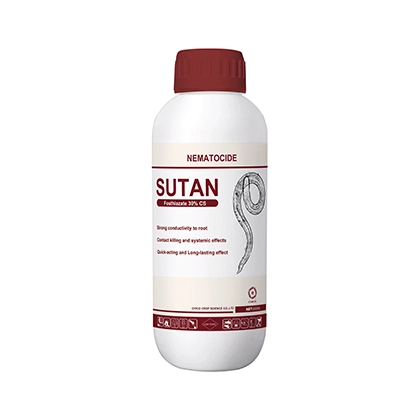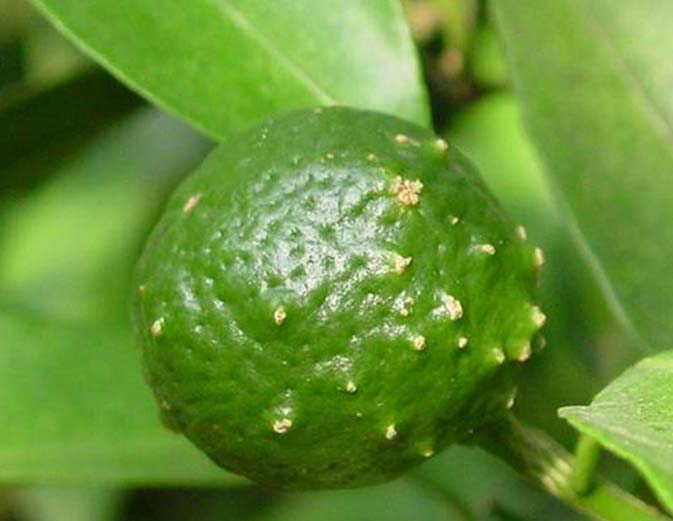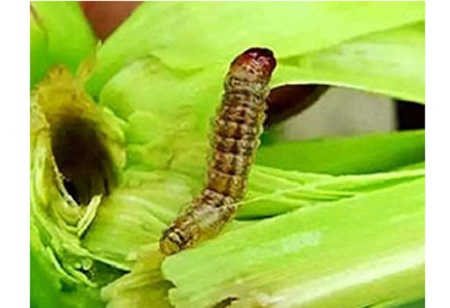
Eggplant Solution

Eggplant Disease Treatment
1. Eggplant Phytophthora Rot
Symptoms:
Symptoms from dark-gray to dark-brown, water-soaked spots develop on roots and stems, causing plants to wilt and die. Leaf spots develop, which are initially gray-to-brown in color, water soaked in appearance, and irregularly shaped, later becoming light brown. Fruit show similar spots, often enlarging to cover the entire fruit, which later dries and mummifies. Whitish sporulation may develop on infected fruit.
CHICO has accumulated rich experience and could offer the corresponding high-class solutions, e.g.: PROFLU 70%SC.
2. Eggplant Phomopsis Blight
Symptoms:
The symptoms range from poor germination and seedling blight to fruit rot.
The symptoms on leaves are more prominent during the early stages of plant growth. At first the lesions are small, more or less circular, and buff to olive, later becoming cinnamon buff, with an irregular blackish margin.
On stems and branches, elongated, blackish-brown lesions are formed, eventually containing pycnidia.
On the fruits the symptoms appear first as minute sunken greyish spots with a brownish halo, which later enlarge and coalesce, producing concentric rings of yellow and brown zones.
CHICO has accumulated rich experience and could offer the corresponding high-class solutions, e.g.: DINAZO 32.5%SC.
3. Eggplant Gray Mold
Symptoms:
Eggplant Gray mold can occur at the seedling and adult stages. When the seedling is infected, the apex of the cotyledon dies, and then the fungus expands on the young stem, causing the young stem to constrict and become thinner, and often break off from the diseased part. The disease occurs at the adult stage, mostly from the withered petals, and gray mold spots are formed on the petals, and then invade the young fruit, causing the young fruit to rot. The surface produces irregularly striated gray mold. The leaves are infected with V-shaped lesions from the tip to the inside, which are water-soaked at first, with inconspicuous edges, and then light brown to yellowish brown. When the humidity is high, gray mold layers are densely formed on the lesions.
CHICO has accumulated rich experience and could offer the corresponding high-class solutions, e.g.: CURER.
Eggplant Pest Control
1. Eggplant Bollworm
Symptoms:
When the buds are damaged, the bracts turn yellow-green and slowly fall off. When the fruit is damaged, holes will appear on the surface of the fruit. With the intrusion of rain, the fruit will slowly rot, resulting in a serious reduction in eggplant production.
CHICO has accumulated rich experience and could offer the corresponding high-class solutions, e.g.: HUMMER 5%EC.
2. Eggplant Aphid
Symptoms:
The primary damage caused by aphids to eggplants is the production of sticky honeydew and subsequent growth of black sooty mold on the honeydew. They can also stunt plants by feeding on them early in the season before bloom.
CHICO has accumulated rich experience and could offer the corresponding high-class solutions, e.g.: NIPPY 60%WDG.
Eggplant Weeds Management
1. Annual weeds
CHICO has accumulated rich experience and could offer the corresponding high-class solutions, e.g.: PELIN 450g/L CS Pre-emergence herbicide.
- 1. Eggplant Phytophthora Rot
- 2. Eggplant Phomopsis Blight
- 3. Eggplant Gray Mold
- 1. Eggplant Bollworm
- 2. Eggplant Aphid
- 1. Annual weeds















































